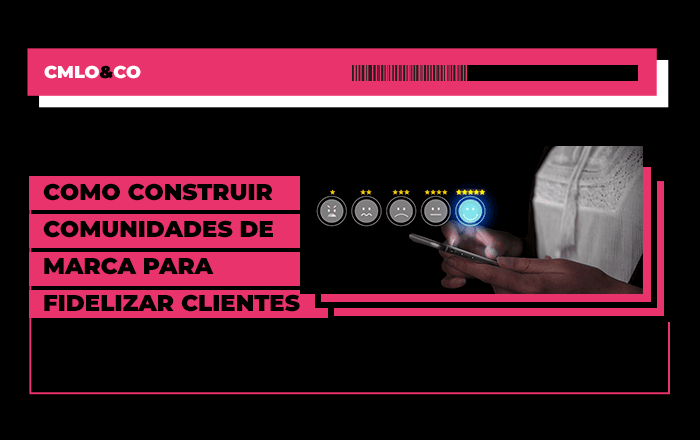The year 2023 will go down in history as a period of remarkable transformation in the advertising and marketing sector. The sector has accelerated its journey towards digitalization, adopting new technologies and redefining strategies to meet the dynamic demands of the market.
Digital marketing on the rise
We are witnessing an accelerated growth in digital marketing, accounting for approximately 60% of advertising spending in Brazil. This phenomenon is fueled by the popularization of the internet, increased use of smartphones and the vigorous advance of e-commerce.
According to data from IAB Brasil, the digital advertising market is expected to expand by 10% by 2024, reaching R$140 billion. This advance will be driven by the continued growth of e-commerce, increasing internet penetration and the implementation of innovative technologies such as 5G.
Strong influence of influencer marketing
In 2023, influencer marketing consolidated its position as a powerful strategy, with brands establishing strategic partnerships with digital influencers. With 73% of Brazilian consumers trusting the recommendations of these influencers, this approach has proven to be an effective bridge to reach specific audiences and generate sales, as highlighted in a study by NielsenIQ.
Innovation with artificial intelligence (AI)
Artificial intelligence (AI) emerged as a key player in marketing strategies in 2023. Companies are adopting AI to automate tasks, extract valuable insights and personalize campaigns. As a PwC study reveals, investing in AI offers companies a 23% greater chance of increasing sales, highlighting the positive impact of this technology on decision-making and the optimization of marketing strategies.
Forecasts and trends for 2024: sailing into the future
1. omnichannel strategies:
By 2024, brands must prioritize offering a consistent and personalized experience across all channels, whether online or offline. According to Forrester, companies that adopt omnichannel strategies are 10% more likely to increase sales, highlighting the importance of integration.
2. Renewed focus on branding:
Branding will take center stage as brands seek to differentiate themselves from the competition and establish lasting relationships. According to McKinsey, companies that invest in branding are 30% more likely to increase the value of their brand, highlighting the relevance of consumer perceptions and preferences.
3. Customer experience (CX) as a differentiator:
Customer experience will continue to be a competitive differentiator in 2024. Companies that provide an excellent customer experience are 50% more likely to increase sales, according to Bain & Company. Satisfied customers become loyal brand promoters.
4. UI/UX as essential components:
The user interface (UI) and user experience (UX) will be crucial to creating a positive experience for customers. Investing in UI/UX will ensure that products and services are easy to use and navigate, according to a study by the Nielsen Norman Group.
5. Continued growth in e-commerce:
E-commerce, driven by various factors such as internet penetration, smartphone use and the pandemic, will continue to grow in importance. In 2023, it grew by 26.9%, reaching R$166.3 billion, according to ABComm, and will represent around 20% of sales in Brazil in 2024.
Conclusion: towards an innovative and connected future
As we look back and forward, we realize that the marketing and sales landscape is constantly evolving. The trends observed in 2023 have shaped the present, but it is in the strategies foreseen for 2024 that we find the guidelines for an innovative and connected future.
The integration of omnichannel strategies, the strengthening of branding, the focus on customer experience and investment in UI/UX reveal the direction in which the market is moving. E-commerce will continue to be a driving force, while sales marketing and artificial intelligence will continue to play crucial roles.







